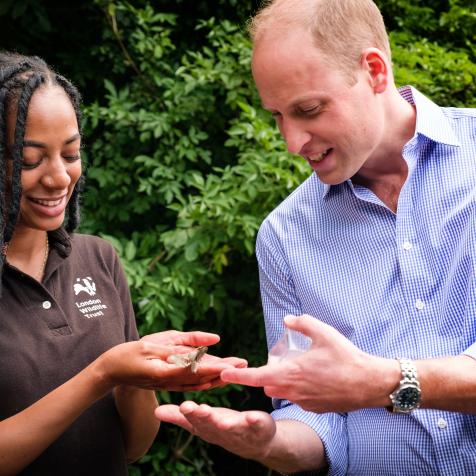
The Asahi Shimbun
Fukushima Daiichi Nuclear Power Plant Waste Problem 10 Years Post-Disaster
There's radioactive water to be potentially released into the Pacific Ocean. The debate? The disaster and next steps.
The most severe earthquake ever recorded in Japan took place in 2011, which then evoked a tsunami, causing drastic damage to the reactor buildings of the Fukushima Daiichi Nuclear Power Plant in Japan. Sadly, this calamity is still causing problems today.
In recent news, the plant's operator, Tepco, is debating the option of releasing the treated radioactive water into the Pacific Ocean. There is enough contaminated water to fill 400 Olympic-size pools. This is an averaged $200 billion attempt at purifying one of the worst “atomic accidents” in history. As negative as it may seem, the removal of this treated radioactive water is common and, for what we know, follows global guidelines. However, it doesn’t mean all are in favor of the possible decision.
Tepco processes incoming water to maintain fuel and keep debris temperatures cool within the plant daily. Simultaneously, groundwater enters and becomes contaminated. The infected water is then cycled through the Advanced Liquid Processing System, or ALPS, and stored in a tank at the plant. The process extracts most radioactive properties within the water except for tritium, which is then cycled a second time to ensure all safety standards are met before being released, according to the Ministry of Economy, Trade and Industry. The Washington Post defines tritium as “a form of hydrogen that has two extra neutrons, making it weakly radioactive.” However, when at extreme levels it can be carcinogenic.
Because tritium can range from dangerous to not, it must be released in small quantities. Within the US, most plants establish “authorized releases” that are done according to proper safety measures and protocol, the US Nuclear Regulatory Commission explains.
The thought of building more tanks rather than releasing this water into the Pacific Ocean has been considered from time to time; however, the plant itself doesn’t have enough real estate to do so. The plant itself has destroyed the neighboring habitat next to a bird sanctuary to make space for the current 1,000 tanks. There’s potential for expansion in the surrounding vicinity but would call for “a political decision.”
The Fukushima tsunami 10 years later: A correspondent recounts the day that changed Japan https://t.co/I2nWaepAA8
— The Washington Post (@washingtonpost) March 11, 2021
As of now, it’s undecided on how the water will be released into the ocean. Problematically so, every option comes with a con. Some experts suggest inserting the water at depth in the middle of the ocean but would disrupt climate scientists studying ocean circulation, according to The Washington Post. On the other hand, releasing the water on the coast can harm animals and breeding habitats, further supporting fishing groups who are against that option.
The decision is currently under the Suga government reign, who will at one point or another choose one option and have Tepco implement it. For the rest of the damage caused by the 2011 earthquake and tsunami, Tepco theorizes another 30–40 years until the cleanup is complete.

















